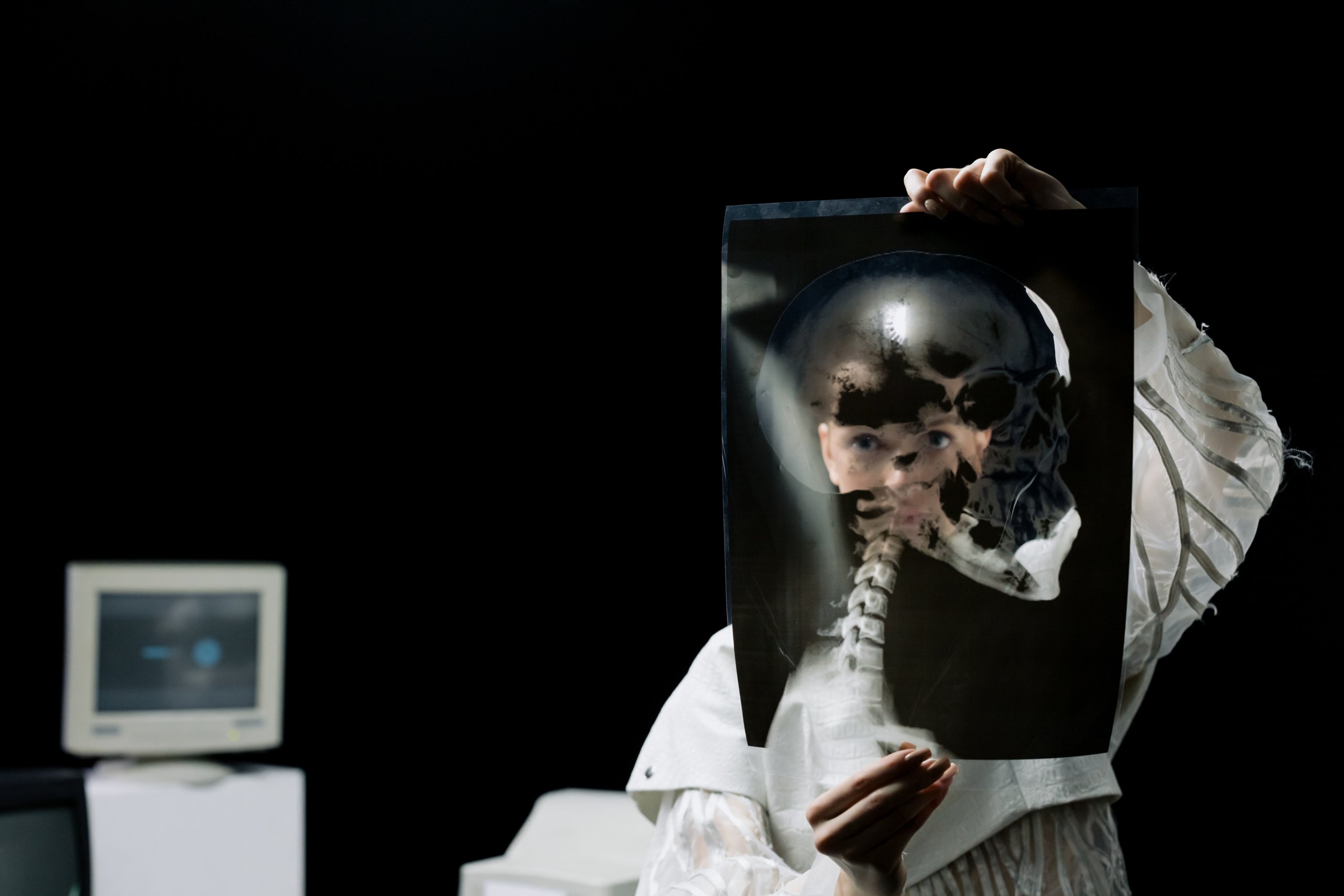
Healthcare is one of the oldest industries in the world, and it’s obviously not going anywhere anytime soon. But because of its stability and entrenchment, healthcare’s always been incredibly slow to enact changes, introduce new technologies, and update standards.
Artificial intelligence (AI), in contrast, is a much younger field. Although that hasn’t stopped it from rippling through innumerable industries, including healthcare. This shouldn’t be so surprising when you consider that there are an almost unlimited amount of health applications that could benefit from an AI augmentation.
At last year’s World Medical Innovation Forum (WMIF), the AI panel spoke in length about 12 areas where AI will impact and revolutionize healthcare, diagnosis, and medical treatment. It will radically improve patient experiences by bringing higher efficiency and greater precision than ever possible before. Let’s dive into some of our favorite topics of discussion from this event.
Innovating Radiological Tools and Technology
X-rays, MRIs, and CT scanners are great for non-invasively finding potential issues (and solutions) for patients. They’re a first step in diagnosing the patient and don’t involve any surgery or biopsy. These machines produce data, images, and observations for radiologists to read.
Using AI, radiologists can find smaller details, map similarities to other patients, and accurately diagnose the problem. Dr. Alexandra Golby, MD, is Director of Image-Guided Neurosurgery at Brigham & Women’s Hospital in Boston. Although radiologists are known to work in a separate part of the hospital, Dr. Golby says, “We want to bring together the diagnostic imaging team with the surgeon or interventional radiologist and the pathologist. That coming together of different teams and aligning goals is a big challenge.”

While bringing together the radiologist to join the rest of the surgical and pathological teams, it’s important that AI-enabled tools also make their way into the room. And, Dr. Golby says, “If we want the imaging to give us information that we presently get from tissue samples, then we’re going to have to be able to achieve very close registration so that the ground truth for any given pixel is known.”
By adding more data and weight to each pixel, doctors could understand how tumors grow and shrink, how the body is responding to treatment, and what the body is experiencing in other areas. Treatments would become more accurate, and physicians could change their treatment plans knowing that the newest data is the most accurate.
These “virtual biopsies” would improve radiology, the patient’s experience and risk for infection, and treatment plans. Anonymized data sharing across regions and countries could further help physicians identify patterns regionally and globally.
Improving Pathological Image Analyses
Pathology is a major source of diagnostic data in electronic health records across all medical specialties. According to Dr. Jeffrey Golden, MD, “Seventy percent of all decisions in healthcare are based on a pathology result. Somewhere between 70 and 75 percent of all the data in an EHR are from a pathology result.”
As Dr. Golby mentioned, understanding the data encoded in each pixel will become of the utmost importance. And analytics that can help streamline and identify flags for doctors to review would save a lot of time and manpower. Additionally, these computerized “eyes” would take a deeper look at minute details that could otherwise escape an overworked doctor’s eyes.

“AI can screen through slides and direct us to the right thing to look at so we can assess what’s important and what’s not. That increases the efficiency of the use of the pathologist and increases the value of the time they spend for each case,” says Dr. Golden.
That means, says Dr. Golden, more accuracy means faster diagnosing and better treatment outcomes. “That’s what digital pathology and AI has the opportunity to deliver. We’re now getting to the point where we can do a better job of assessing whether a cancer is going to progress rapidly or slowly and how that might change how patients will be treated based on an algorithm rather than clinical staging or the histopathologic grade—that’s going to be a huge advance.”
It’s important to realize that AI isn’t simply doing the whole job for doctors; on the contrary, AI is a major tool for doctors to spend less time on paperwork and more time on patients and their treatments.
Interactive Brain-Computer Interfacing
For patients that can’t move, speak, or interact and engage with their physician, relaying information quickly and accurately can be nearly impossible – for both sides. But brain-computer interfaces (BCIs) integrate the mind with a computer to generate tangible words, thoughts, and actions.
For Dr. Leigh Hochberg, MD, getting a patient’s ability to communicate back is incredibly important. “If I’m in the neurology ICU on a Monday, and I see someone who has suddenly lost the ability to move or to speak, we want to restore that ability to communicate by Tuesday.”
Patients with strokes, ALS, and many other medical disorders and diseases comprise millions of people whose ability to communicate is greatly reduced or impeded. All BCIs aren’t created equally, but a good BCI should give the patient more freedom and flexibility than anything else.
Dr. Hochberg adds, “By using a BCI and [AI], we can decode the neural activates associated with the intended movement of one’s hand, and we should be able to allow that person to communicate the same way as many people in this room have communicated at least five times over the course of the morning using a ubiquitous communication technology like a tablet computer or phone.”
Stay Tuned and Stay Healthy
It’s easy to see that AI development can improve the day-to-day for doctors, experiences for patients, and treatment outcomes. We hope you’ve enjoyed these incredible examples of AI-enabled MedTech applications. Stay tuned for the next article, where we’ll dive into how AI is tackling electronic health records (EHRs), EHRs as risk predictors, and the dangers of antibiotic resistance.





